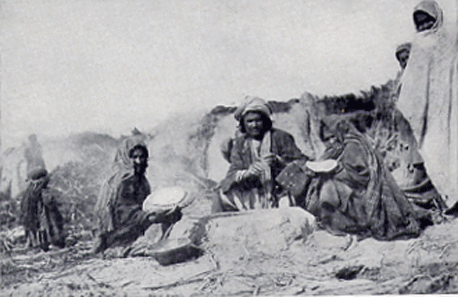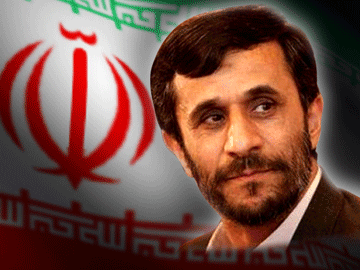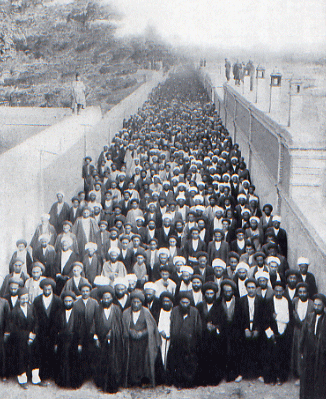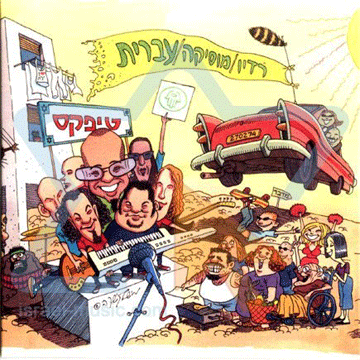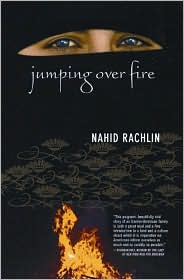
Divided We Stand: A Woman’s Word about the Iranian-American Experience
by Dagmar Riedel
Gertrude Stein is alleged to have advised young Ernest Hemingway that he’d better stick to writing postcards if he had messages for his readers. It is understandable that Iranian-Americans want to reach American-American audiences with their stories about men and women with legs astride in two different cultures. But who is authorized to question a novel with a message, if its content is certified by the author’s traditional upbringing in Iran before the Islamic Revolution?
The fourth novel of Nahid Rachlin, Jumping over Fire (City Lights Books, 2005; cf. www nahidrachlin.com), has an intriguing black cover. Above the title a pair of blue eyes are staring intently at the viewer through the eye slit of a head scarf, while the bottom half merges a floral Arabesque with the yellow-red flames of a Nowruz bonfire. The title’s reference to the Nowruz purification ritual of jumping over fire is explained in the course of the novel. But on the cover the Zoroastrian tradition is presented as a variant of Western stereotypes of both the Oriental harem and Shia fanaticism because the collage promises a peek in the otherwise hidden world of a secluded Iranian woman and her burning desires. The reader has just to turn to the back cover to receive from Andre Dubus III, the son of the famous short-story author Andre Dubus, the confirmation that this is indeed a novel about a forbidden desire. The interpretation is further reinforced by the one-page biographical sketch in the back, written in the third person singular and designed to highlight in an objective language the author’s lifelong personal experience with displacement and gender-based social restrictions. Continue reading Divided We Stand
